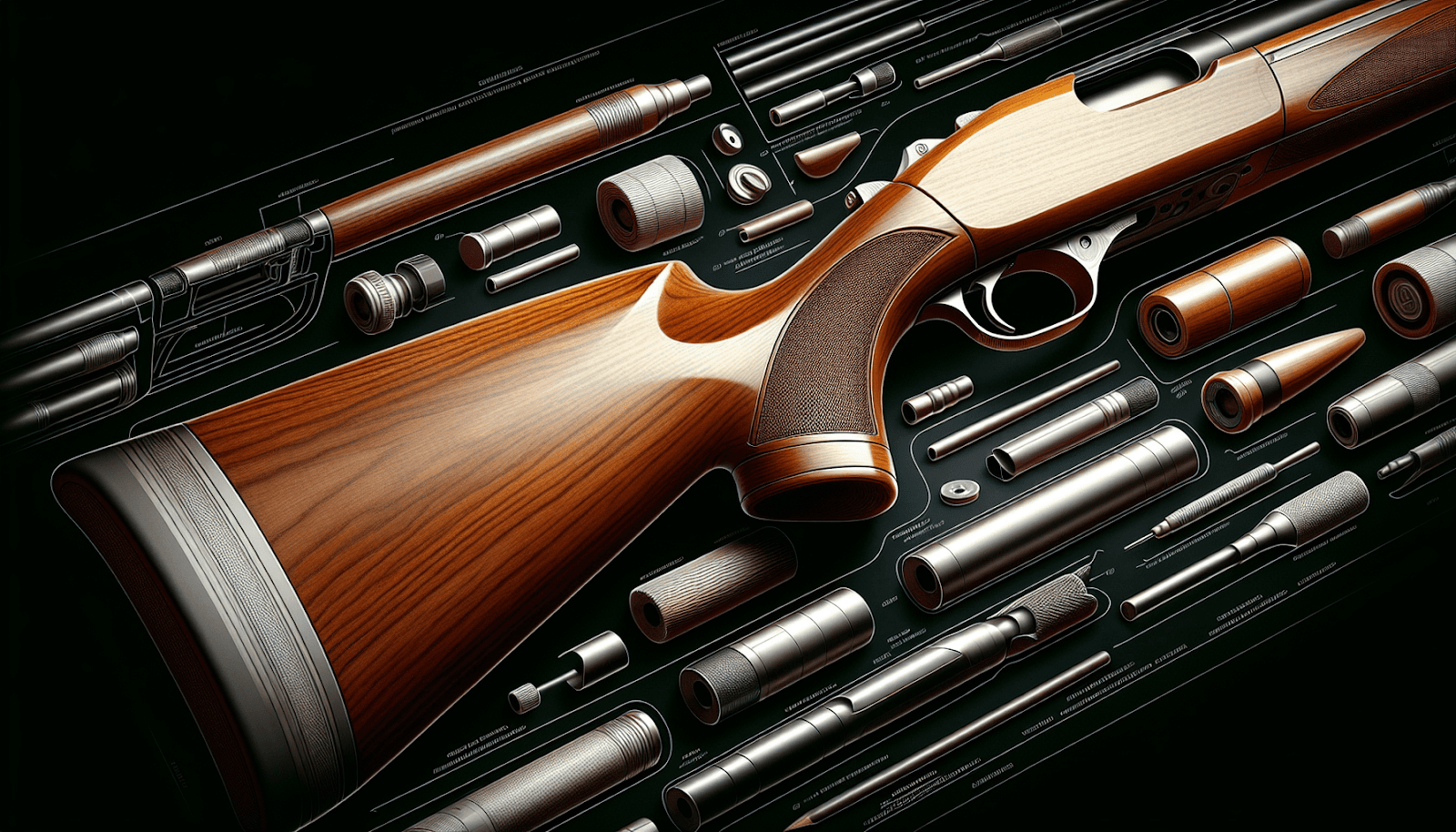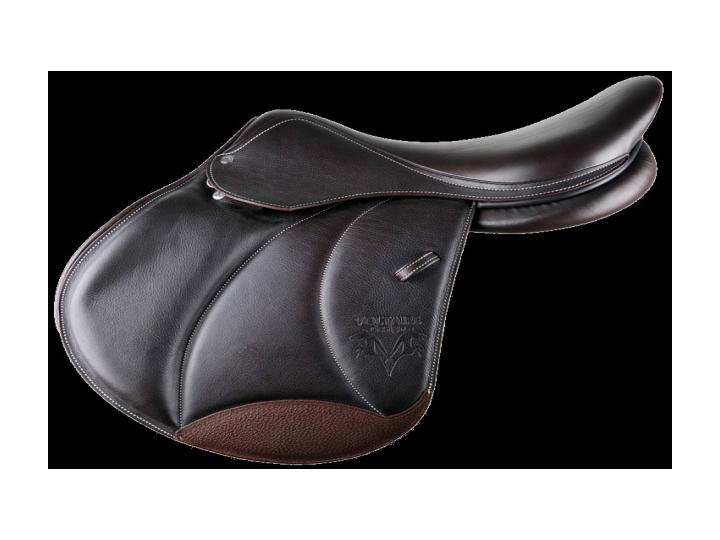How to Choose Shotgun Stocks for Different Shooting Applications

When it comes to shotgun shooting, the experience can be significantly affected by the stock of the shotgun. The right stock enhances comfort, aim, and overall performance, whether for hunting, competitive shooting, or home defense. Each shooting discipline can demand a different style or configuration from a shotgun stock. Additionally, individual shooter preferences and physical requirements mean that a stock that’s perfect for one person might not suit another. There are multiple types of shotgun stocks available, ranging from traditional wood to modern synthetic models, each with its own set of advantages and considerations.
Understanding the different types of shotgun stocks is crucial for making an informed choice. Traditional wood stocks have been around for centuries and are appreciated for their aesthetic, feel, and durability. Synthetic stocks are favored for their resistance to environmental factors and versatility. Adjustable stocks, folding and collapsible stocks, and pistol grip stocks are modern alternatives offering enhanced ergonomics and adaptability to various shooting situations and personal preferences.
Understanding Shotgun Shooting Applications
Different shooting applications demand different stock characteristics. When it comes to hunting, whether you’re tracking waterfowl, upland game, or big game, the environment, the game’s behavior, and the shooting distances are unique to each category. For waterfowl hunting, shooters might prefer stocks that withstand wet conditions, while upland game hunters could favor lighter stocks for ease of maneuverability. Big game hunting may require durable stocks that can absorb more significant recoil.
Competitive shooting sports like trap, skeet, and sporting clays require precision and consistency, often leading shooters to choose stocks that enhance stability and reduce felt recoil. Such stocks may have features like adjustable combs or butt plates that enable shooters to fine-tune their gun fit for repeatable accuracy. Tactical and home defense usage, on the other hand, might lead to the selection of stocks that offer rapid shouldering and maneuverability, within confined spaces. Recreational shooters might prioritize comfort and versatility, opting for stocks that provide an enjoyable shooting experience in a casual setting.
Types of Shotgun Stocks
The materials and designs of shotgun stocks are varied, providing options for every shooter’s taste and needs. Traditional wood stocks are timeless, offering natural beauty and a classic feel. They tend to be more substantial and can absorb recoil well, which is why many hunters and traditionalists prefer them.
Synthetic stocks stand out in terms of practicality. Made from various polymers, they are designed to endure harsh weather conditions, resist scratches, and require minimal maintenance. They are typically lighter than wood stocks, which can reduce overall gun weight but may also translate to increased felt recoil.
Adjustable stocks offer tailor-made ergonomics, allowing for changes in length of pull, comb height, and sometimes even the angle of the grip. This versatility can be especially beneficial for competitive shooters who are looking for every advantage to improve their performance. Folding and collapsible stocks are practical for situations where transportability or maneuverability is critical, such as in tactical environments. Lastly, pistol grip stocks provide a different hold on the firearm, often favored in tactical applications for control and swift movement.
Factors to Consider When Choosing Shotgun Stocks
Selecting the proper shotgun stock involves various factors that can influence shooting performance and comfort. The length of pull, which is the distance from the trigger to the end of the stock, should be appropriate for the shooter’s arm length to ensure comfortable shouldering of the shotgun. An incorrect length of pull can affect aiming and recoil management.
The drop at comb and heel are also critical dimensions. These measurements dictate how the shooter’s face aligns with the shotgun’s sights; incorrect alignment can lead to poor accuracy and discomfort. Good checkering on a wood stock, or textured grip on a synthetic one, can provide a secure grip in all weather conditions, enhancing control over the shotgun.
Weight and balance are pivotal when choosing a stock. A stock that is too heavy might make the shotgun cumbersome, while one that is too light could increase felt recoil. Furthermore, durability and maintenance requirements are essential considerations. A stock that requires extensive care may not be the best option for shooters who spend a lot of time in harsh conditions.
Customization and Fit
A well-fitted shotgun stock can make all the difference in shooting performance. Custom fitting ensures that the stock is tailored to the individual’s physical requirements and shooting style. Adjustable features such as cheek risers, length of pull adjustments, and adjustable recoil pads can make a standard stock feel custom fit.
The role of recoil pads cannot be understated. They cushion the shoulder from the recoil of the shotgun, which can be particularly important for those who shoot frequently or are sensitive to recoil. Quality recoil pads also help to prevent the shotgun from slipping on the shoulder, promoting better shooting form and consistency.
Specialty Stocks for Specific Applications
Shotgun stocks designed for specific applications come with features that enhance their performance in the field, on the range, or in tactical scenarios. Stocks for hunting are often rugged, weather-resistant, and may incorporate elements like sling attachments for ease of carry. Competition stocks might have intricate adjustability to enable a perfect fit for the shooter, which can greatly impact consistency and scores in competitive shooting.
Tactical stocks are usually shorter for better maneuverability and made from materials that can withstand rough handling. They also often incorporate pistol grips for improved control when aiming and shooting in rapid succession or from various positions.
Top Brands and Manufacturers
Regarding shotgun stocks, various brands have established a reputation for quality, innovation, and performance. Some renowned shotgun stock brands include Remington, Benelli, and Mossberg, all of which offer a range of options to suit different preferences and needs. There are also options for different budgets, from more affordable, no-frills models to high-end, custom stocks.
Conclusion: Making an Informed Decision
Choosing the right shotgun stock is a multifaceted decision that involves considering the shooting application, personal preferences, and physical requirements. Remember, the key considerations include length of pull, drop at comb and heel, grip, weight, balance, and the stock’s resilience. Expert advice from a gunsmith or experienced shooters can also be invaluable when selecting a shotgun stock. Investing in the right stock is a long-term investment in your comfort and shooting performance. It’s more than just an accessory; it’s a foundational component of your shooting experience. To find the right shotgun stock for different shooting applications, be it for competitive shooting, hunting, or tactical purposes, take the time to explore the options and prioritize fit and function for the best shooting outcome.



